After months of wrangling, the long-awaited foreclosure settlement between the government and the banks is announced Thursdya morning. A $26 billion settlement has been reached between the federal government, state attorneys general and the five biggest banks in the mortgage market: Ally Financial (the old GMAC), Bank of America, Wells Fargo, JP Morgan and Citigroup. (Editor’s note: An earlier version incorrectly identified Ally Financial as being the old GE Capital.)
The settlement is being hailed as the biggest multi-state settlement since the 1998 tobacco agreement. But the settlement is too small to really help the housing market, or even do much for individual victims of fraud and abuse. The deal may, in fact, hurt housing by sending a message to people who’ve stayed current on their mortgages, that irresponsible behavior is what gets rewarded in America. That, presumably, is not the intention of policymakers but the “moral hazard” fallout from the settlement. More Americans may “walk away” from uneconomic loans, which will put additional pressure on local housing markets.
What does it really mean and how does it affect you as a property owner? Below is a quick breakdown of the settlement facts:
- All states are participating, except for Oklahoma which reached its own settlement.
- The five servicers are Bank of America, JP Morgan Chase, Citibank, Wells Fargo and Ally Financial.
- Borrowers whose loans are owned by the participating banks, and those who suffered foreclosures by one of them from 2008 through 2011 may get help from the settlement.
- The terms of the settlement are the following:
- At least $10 billion for reducing principal on loans for borrowers who are either delinquent or at imminent risk of default and are underwater — meaning they owe more on their mortgages than their homes are worth. .
- At least $3 billion for refinancing loans for borrowers current on their mortgages and underwater.
- Up to $7 billion will go toward other kinds of assistance, including forbearance of principal for unemployed borrowers, anti-blight programs and short sales.
- $1.5 billion will provide cash payments to borrowers whose homes were sold or taken in foreclosure between Jan. 1, 2008, and Dec. 31, 2011, and who meet other conditions. Officials estimate up to 750,000 borrowers could receive checks for $1,500 to $2,000.
- $3.5 billion will be used to repay public funds lost as a result of servicers’ misconduct and to fund housing counselors, legal aid and other public programs determined by attorneys general.
- An additional $1 billion will be paid by Bank of America to resolve a separate federal investigation related to alleged wrongful conduct by the bank and Countrywide involving inflated appraisals of Federal Housing Administration-insured mortgages. Half of that $1 billion will be used to fund a loan modification program for Countrywide borrowers who are underwater on their mortgages. Bank of America acquired Countrywide in 2008.
- Borrowers who are late on their mortgages or at risk of default may get principal reductions. These borrowers also need to be underwater, and their servicer must be participating in the settlement.
- For borrowers who are current, or whose loans are with Freddie Mac, Fannie Mae or the Federal Housing Administration, there isn’t any chance of a principal reduction. These borrowers may benefit from a refinancing, but many underwater homeowners cannot do that because they do not have equity in their homes. On the bright side, if the reductions in principal help stave off foreclosure, it can mean fewer distressed homes which would hopefully stabilize home prices.
- An estimate 1 million borrowers may get principal reductions, which translates to an average of about $20,000 each. But since there is no standard application process, borrowers are likely to get more or less than that depending on their scenario. You can request a principal reduction from your servicer if you’re eligible to do so.
- No one can say when the modifications and payments begin. But the agreement requires servicers to fulfill their obligations within three years and gives them incentives to provide relief within 12 months. They must fulfill 75% of their obligations within the first two years. Those who miss settlement targets and deadlines will have to pay cash penalties.
Overall, we think the principal forgiveness is not going to be enough to generate a significant and sustained housing market recovery. Will it drive home prices? Maybe, but unless the guidelines are strictly enforced and timelines are adhered to, the settlement may be just that – another government initiative.

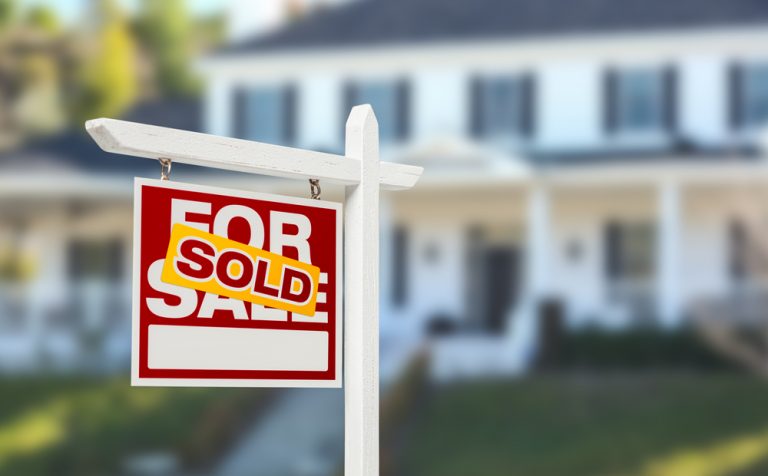


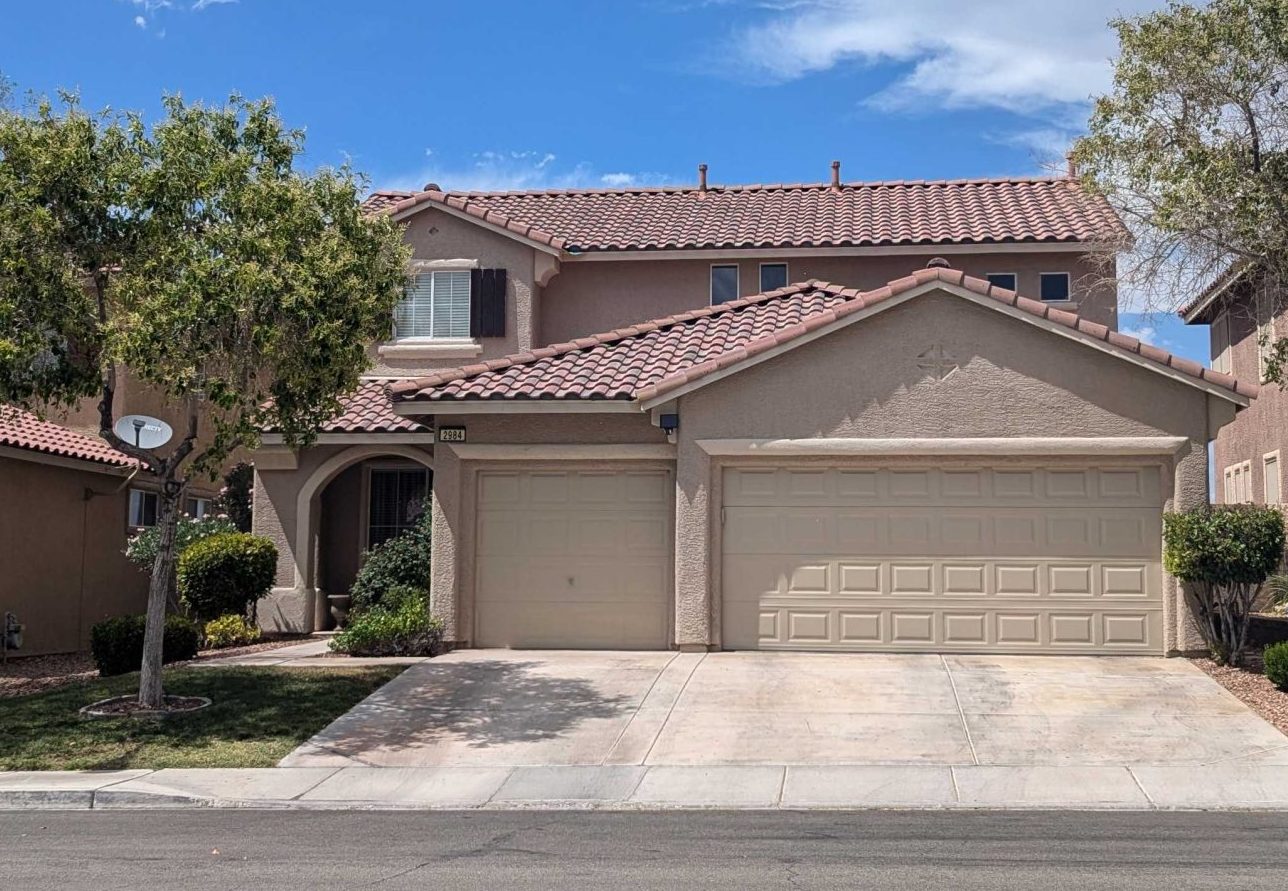


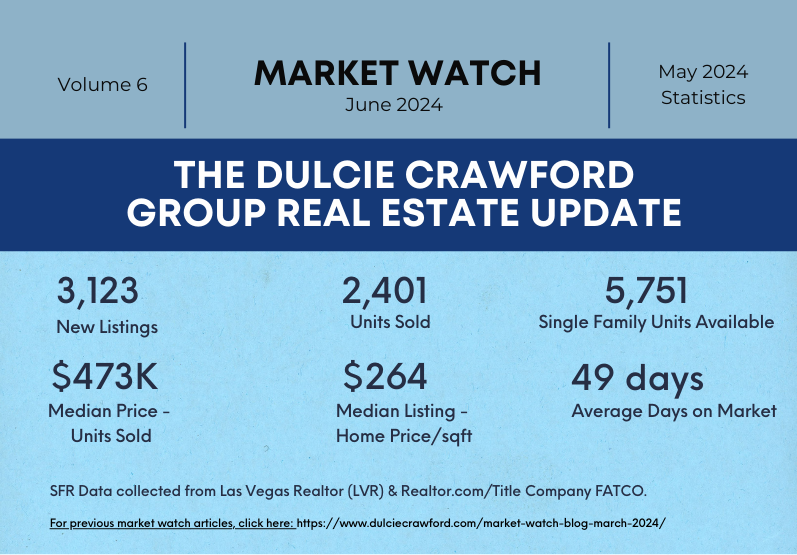

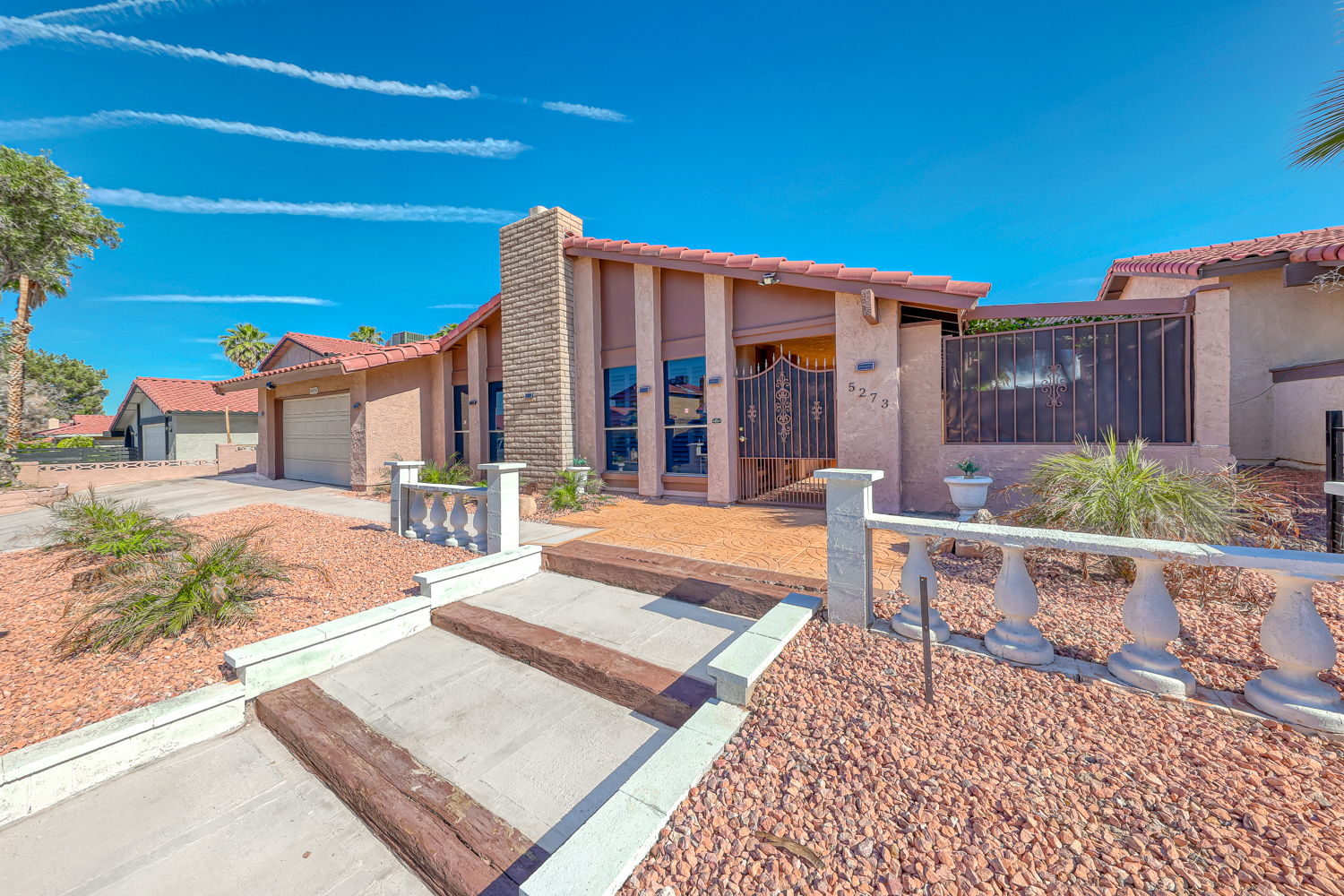
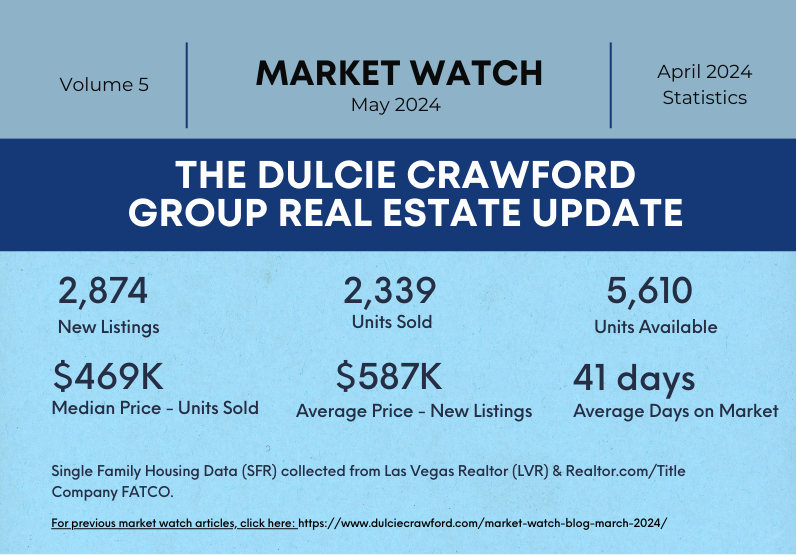
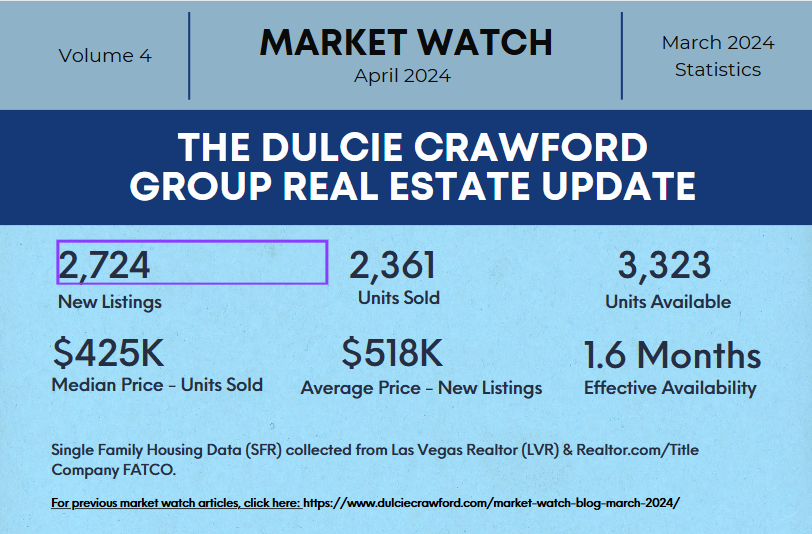


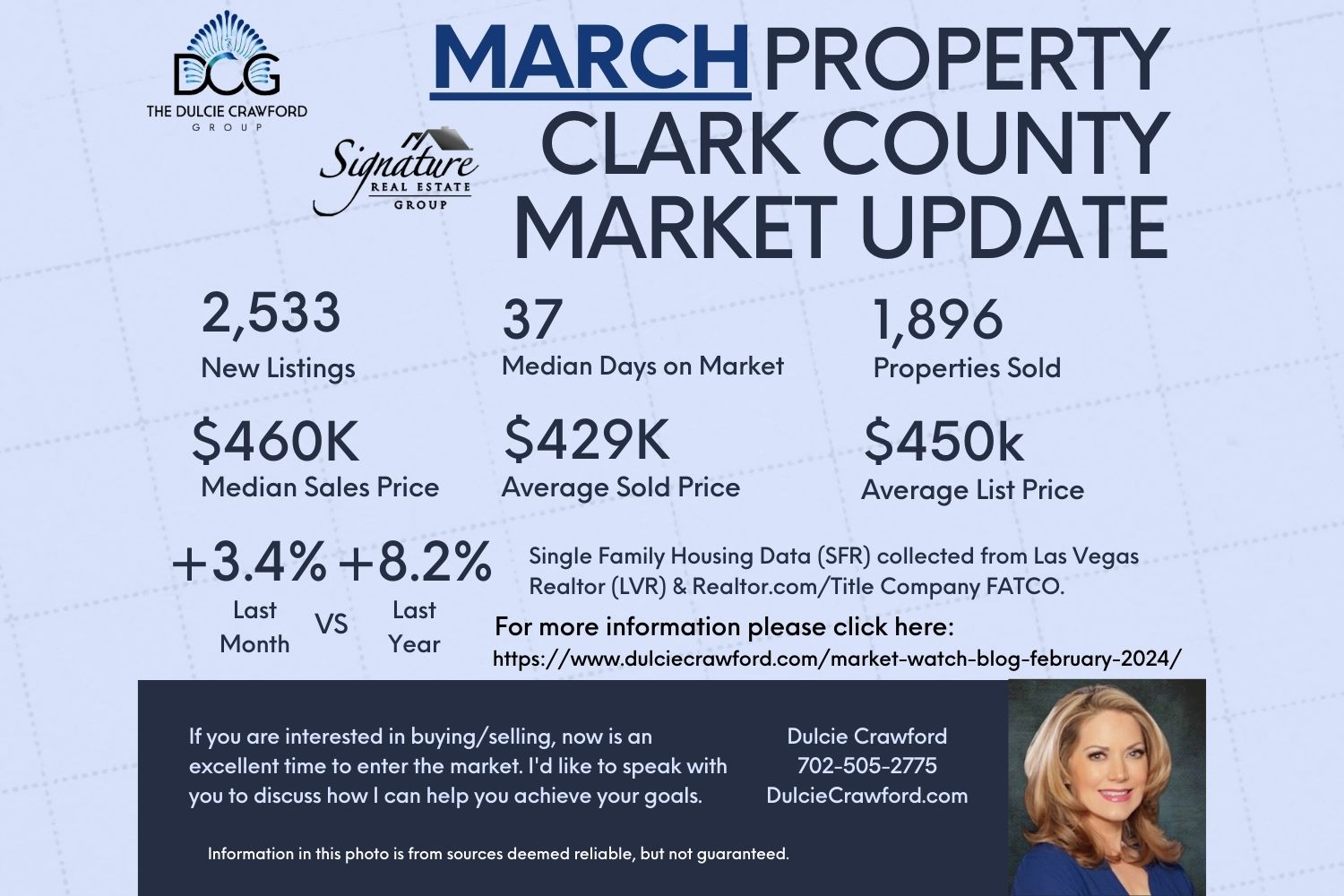


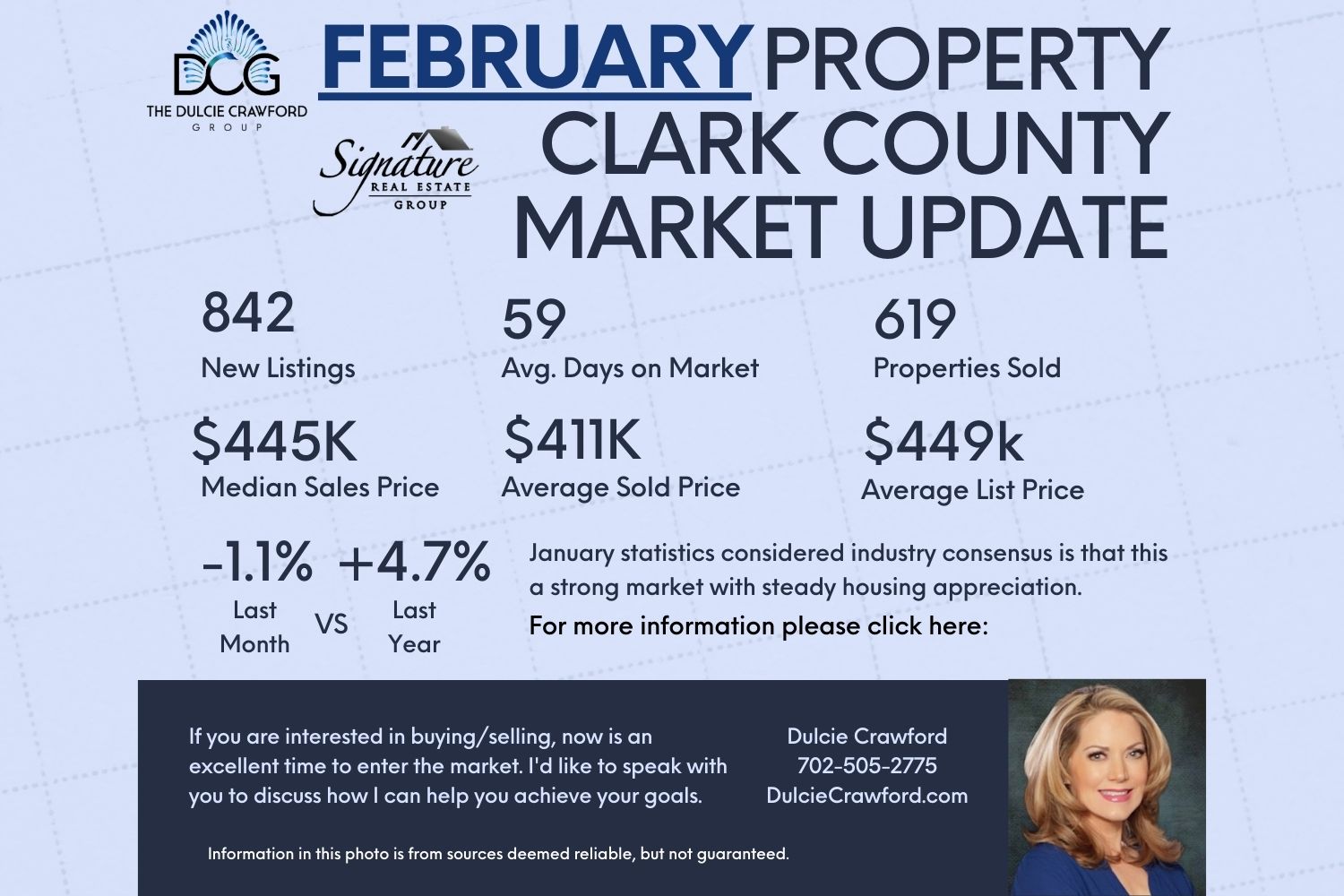
Leave A Comment
You must be logged in to post a comment.